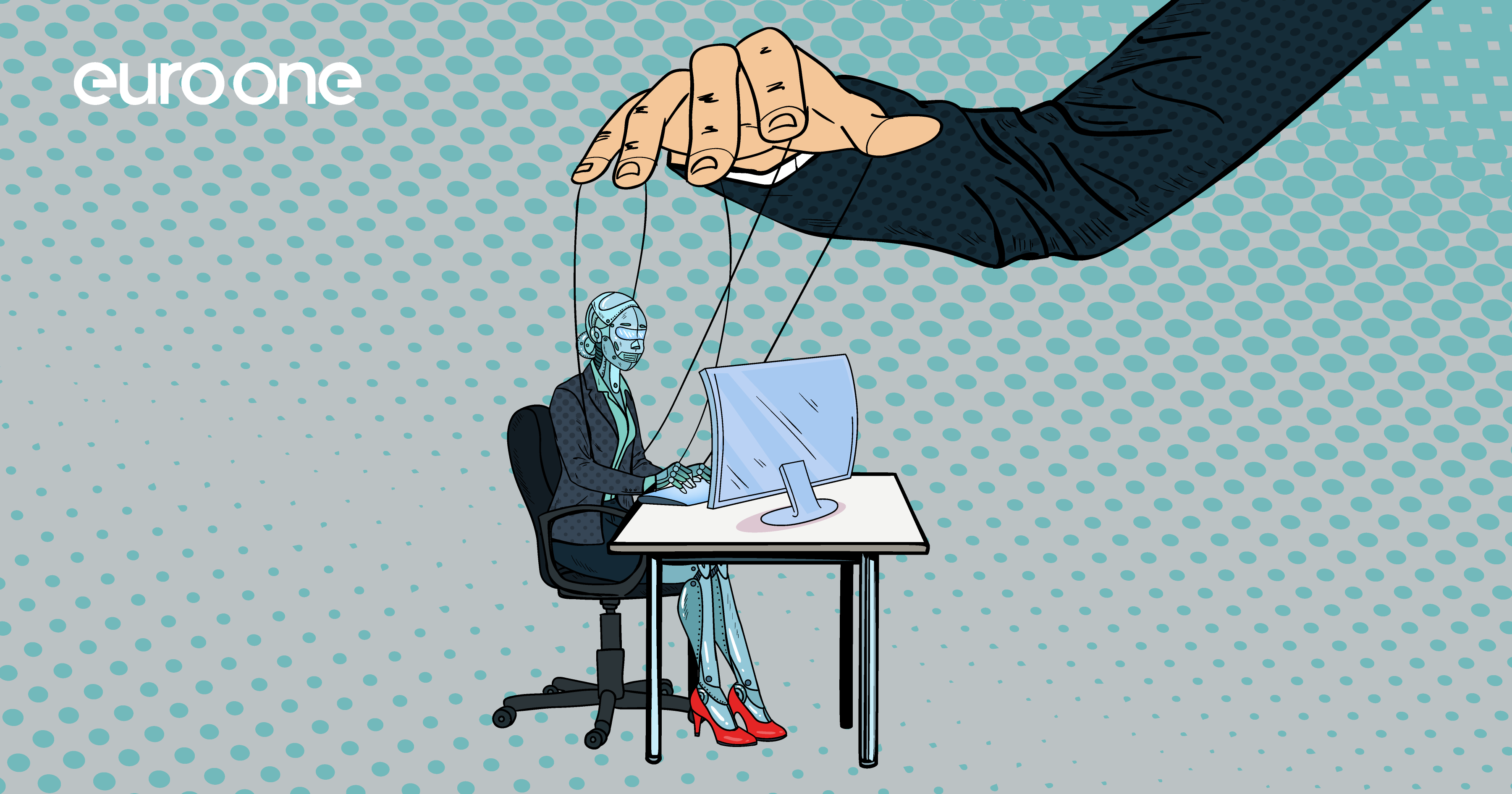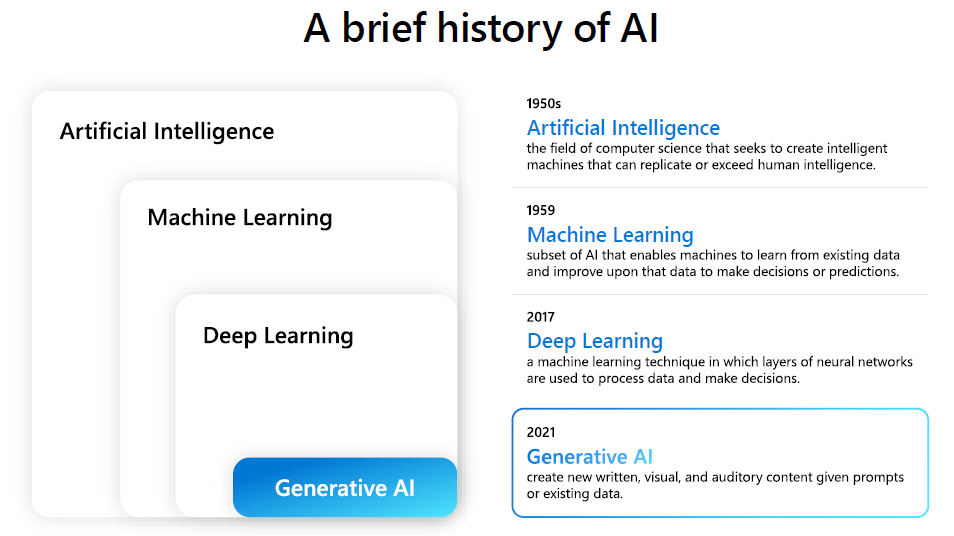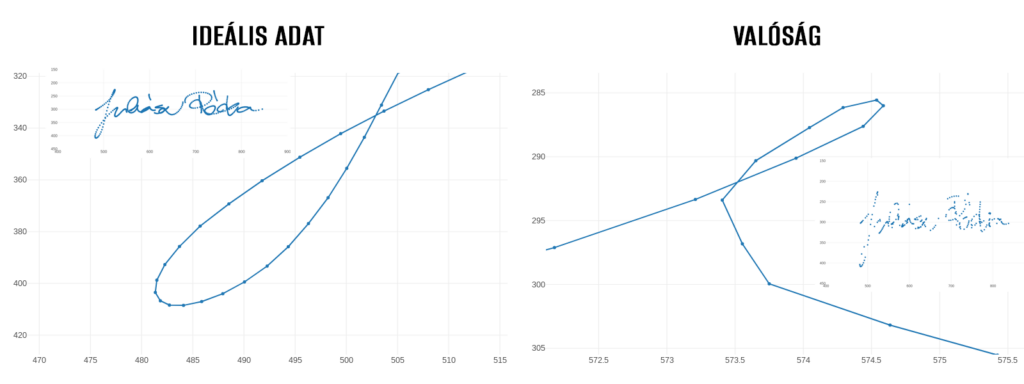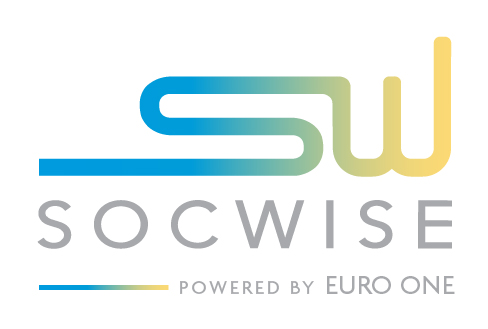Who’s in charge? AI and cybersecurity at the critical turning point
![]() István Oláh
István Oláh
![]() 2025.07.10
2025.07.10

A Long History Hidden in Plain Sight
Although AI feels like a modern breakthrough, its conceptual roots go back centuries. From ancient myths to the 1943 Colossus machine and Neumann’s 1945 architecture, AI has been quietly evolving. What’s new is accessibility—today, anyone with a browser can interact with AI tools.
Understanding What AI Really Is—and Isn’t
AI is often confused with machine learning, deep learning, or generative systems. While technically different, they all rely on probabilistic logic, not classical mathematics. Misconceptions—like AI “hallucinations”—stem from misunderstanding this difference. It’s crucial to reshape how we think about and regulate these tools.

AI in Cybersecurity: Invisible Ally Turned Visible Force
AI has supported cybersecurity for over three decades, often unnoticed in antivirus heuristics or content filters. Now, it plays a central role—both protecting and threatening systems. As its presence grows, regulation becomes vital.
Rules Are Catching Up: Global Moves Toward AI Oversight
Regulators are responding. The EU AI Act categorizes risk into four levels, with the highest carrying legal consequences. The US NIST’s 2023 recommendations also emphasize human control, security, and transparency.
Real-World Impact: How OTP Bank Put AI to Work
AI isn’t just theoretical. In 2015, OTP Bank implemented an AI-based signature verification system that worked without storing signature images. The key lesson: success hinges on clean data and well-defined auditing processes.

On the Horizon: Quantum Shifts and Human Responsibility
AI hasn’t reached singularity, but developments in quantum computing, biology, and energy use signal major shifts. Keeping humans in control will require a blend of scientific, ethical, and policy responses.
Who’s in Charge—Us or the AI?
The central challenge isn’t whether to use AI—but how. We must know what data trains it, how it works, and what its decisions mean. Only with ethical, transparent use can we ensure AI remains our tool—not the other way around.
Read the full article on our International subsidiary’s website by clicking on the image.


